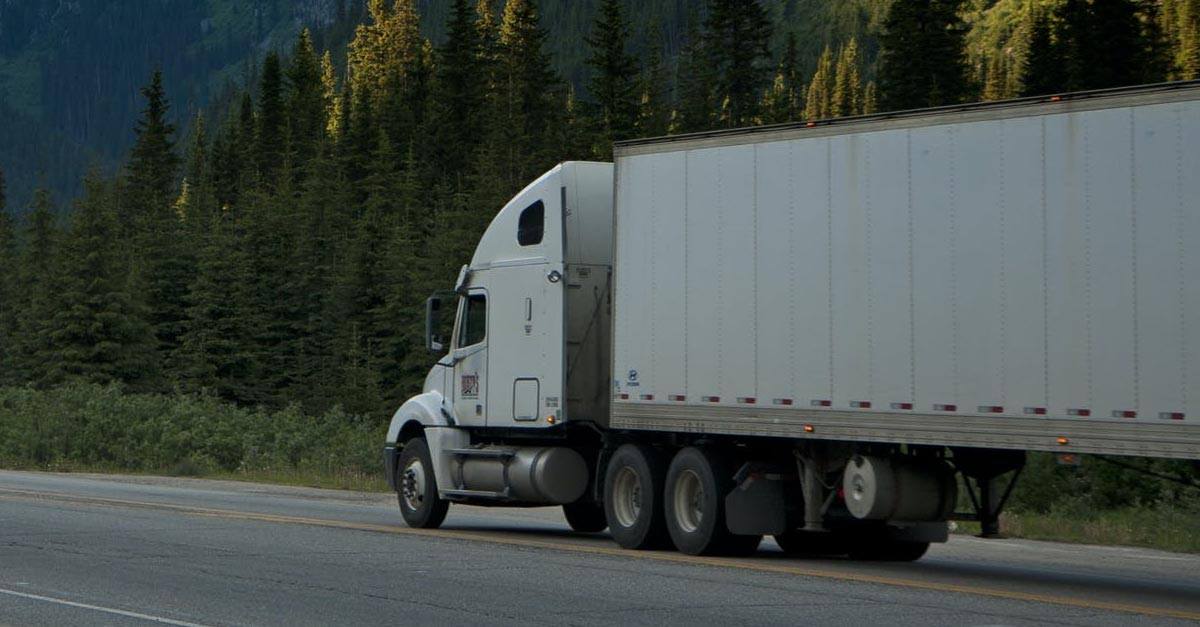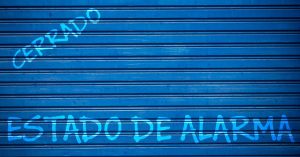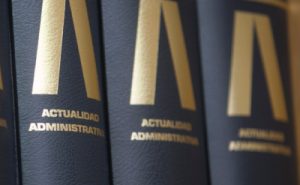
The Supreme Court establishes case law on compensation payable by members of the trucking cartel
On June 12, 2023, the First Chamber of the Supreme Court set out its doctrine for the private practice of competition law in 15 rulings confirming the compensation to be paid to injured parties by the major European truck manufacturers.
Precedent of the sanction to the truck cartel.
The European Commission Decision of 19/07/2016 (Case AT 39824 – Trucks) imposed a high penalty on the main European commercial vehicle brands for the restrictive practices of competition in which they had incurred between 1997 and 2011. After the publication of the Decision, multiple legal claims have been promoted in Spain, as in the rest of the EU, by those who bought medium or large trucks at that time. This infinity of proceedings has had an unequal response from the different Courts of First Instance and Provincial Courts. A minority of these Courts had accepted the offenders’ allegations, rejecting the victims’ requests for compensation. Finally, the Supreme Court has ruled; it has established jurisprudence on the most relevant points in discord; and it has done so by essentially accepting the lines of argument of our firm, which has intervened as defense counsel in one of the appeals resolved. This is the first time that the High Court has ruled on this case.
Although initially the resolution of these appeals and extraordinary appeals for breach of procedure was scheduled for January 2023, the deliberation and ruling was suspended to await the ruling handed down on 16/02/2023 by the Court of Justice of the European Union resolving a preliminary question (C-312/21). This had been raised by the Court of First Instance No. 3 of Valencia, mainly, to clarify the interpretative criterion of the Community Court on Art. 17.1 Directive 2014/104/EU of the European Parliament and of the Council of 26 November 2014, also known as “Damages Directive”, when the plaintiff has been able to have access during the judicial proceedings to the data on which the defendant bases its expert report (second question) or for having directed the action “follow-on” against other infringers from which it did not purchase cartelized products (third question), in the sense of whether they affect the national court when resorting to its power of judicial assessment of the damage, currently provided for in Article 76.2 of Law 15/2007, of July 3, 2007, on the Defense of Competition.
Presumption of damage caused to truck buyers
The most significant point of dialectic confrontation between the litigants has been to determine whether the facts sanctioned in the Decision really implied a damage to those who bought any vehicle produced by the cartel members during the period between 17/01/1997 and 18/01/2011. The defendant business groups (Daimler Mercedes, Volvo/Renault, Iveco, Daf and Man -now Traton SE-) have been providing expert audit reports denying that the cartel’s actions had led to an increase in net prices; in parallel they have criticized the expert reports of the claimants that argued the contrary; and finally they have tried to take advantage of the fact that at the time of the illicit practices the legal principle of presumption of damage introduced by the Damages Directive at the EU level had not entered into force and, therefore, art. 76.3 of the Spanish Law on Defense of Competition after its transposition.
The Supreme Court has interpreted that, although it is not legally possible to apply the principle of presumption of damages in restrictive practices of competition, there is “… the possibility of applying the judicial presumption –on the reality of the damage– was already provided for in art. 386 LEC prior to the entry into force of the Directive”. This is why it declares legitimate the conclusion reached so far by the majority of our Courts on the reality of the price increase in vehicles by the illicit entente of the manufacturers. This is an application of the principle of integrity in the reparation of the damage that governs in our Law, rejecting the position of those who held the contrary.
The Supreme Court notes that this conclusion derives from the “application of the rules of human reasoning and the maxims of experience in this field”. And to endorse that position it considers three relevant circumstances: (i) “the extensive duration of the cartel, which lasted for 14 years”; (ii) the extension of the manufacturers’ supply equivalent to a 90% share of the entire scope of the European Economic Area; and (iii) that the agreements limiting competition were not limited to mere exchanges of information, as has been defended by the defendants, but had an impact on the increase of prices as textually contained in some paragraphs of the sanctioning Decision. The Supreme Court argues that “The facts from which the appellate court starts to presume the existence of the damage and the causal relationship are the facts found in the Decision, with respect to which the maxims of experience have served to establish the precise and direct link according to the rules of human judgment between those proven facts, as fixed in the Decision, and the presumed fact: that the cartel caused the increase in the price of the trucks subject to the collusive agreements”.
Proof of the amount of the damage.
Apart from the presumption of damage, the most controversial aspect in these proceedings has been the analysis of the expert evidence for its quantification. The Supreme Court had already addressed this issue in its Ruling 651/2013, of November 7 (sugar cartel case). At that time it had already reconsidered the difficulty of proving the amount of damages since it implied analyzing a hypothesis of a factual situation that had not occurred, that is, the prices that would have existed in a free market devoid of illicit practices, justifying in that precedent a greater amplitude of the judges to have demonstrated the damage and its economic valuation. Now the First Chamber once again insists on this greater flexibility of the courts for the estimation of damages in accordance with the regulations in force prior to the transposition of the Directive as a consequence of the principle of indemnity of the injured party; a principle derived from art. 1902 of the Civil Code and art. 101 of the Treaty on the Functioning of the European Union.
On this issue, the Supreme Court refers to the judgment of the Court of Justice of the EU of 22 June 2022 (Case C-267/20, Volvo and DAF Trucks). In it it was said that art. 17.1 of the Directive, was intended to “make the level of proof required to determine the amount of the damage suffered more flexible and to remedy the existing asymmetry of information to the detriment of the plaintiff concerned, as well as the difficulties arising from the fact that the quantification of the damage suffered requires an assessment of how the relevant market would have evolved if the infringement had not occurred”. As also welcomes the doctrine of the same CJEU in its judgment of 16 February 2023 (Case C-312/21, Tráficos Manuel Ferrer, cited above), in paragraph 53, when it limits the courts’ powers of assessment in this area to “situations in which, once the existence of such damage to the plaintiff has been established, it is practically impossible or excessively difficult to quantify it”.It is true that the Community Court of Justice added that “where the practical impossibility of assessing the damage is due to the inactivity of the plaintiff, it is not for the national court to replace that party or to make up for his failure to act” (paragraph 57).
Our Supreme Court reiterates its doctrine, saving the criterion of the CJEU by considering that in the cases heard in the appeals resolved, there was no such situation of evidentiary inactivity. Although the claimants had provided expert evidence of a statistical nature, without an econometric analysis (synchronous or diachronic) of comparison with other geographical markets or other products, and without access to the manufacturers’ sources of evidence, the behavior of the claimants cannot be labeled as evidentiary inactivity. And especially taking into account the enormous difficulties of proof and the characteristics of the case to which we have alluded above. In this context, the rulings handed down by the Supreme Court proclaim in unison that “the existence of the damage being proven, it justifies the court having made use of its powers of estimation to fix the compensation”.
The High Court presumes that the damage was not insignificant or testimonial. However, since no rigorous proof of the analysis of the damage has been provided in any case, it applies ex officio what it considers to be the minimum foreseeable in a cartel of this nature, estimated at five percent of the purchase price of the vehicle (“As it has not been proven that the amount of this damage was higher than the minimum of 5% of the price of the truck, the exercise of the powers of assessment that the legal system attributed to the courts even before the transposition of the Directive, as a direct consequence of the principle of indemnity derived from arts. 1902 CC and 101 TFEU, does not allow them to fix a higher compensation“). This amount is concluded after the proliferation of resolutions inside and outside Spain coinciding with respect to such quantification. For this purpose, the method and conclusions contained in all the expert reports provided in court by the infringers are disregarded. As a complement, the doctrine established in these resolutions admits the proof, by both parties, of a valuation of the damage in a different amount, either higher or lower than the “minimum” percentage mentioned above.
Quantification of interest.
The 1st Chamber of the SC has imposed the payment of legal interest to the defendant companies to be calculated from the date of purchase and not from the date of the legal claim as requested by the manufacturers. This accrual is based on the objective of compensating the damage suffered by the victim by counteracting the effect of the passage of time. Consequently, the alternative criterion of calculation from the date of the claim, included in art. 1.108 of the Civil Code for the case of default, does not apply, since the basis of the order to pay interest derives from art. 101 of the EU Treaty and not from a situation of default.
Procedural Law Department






